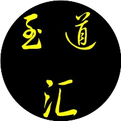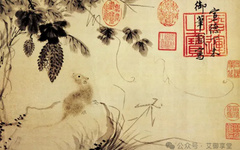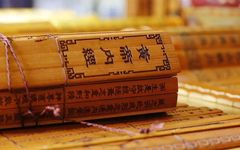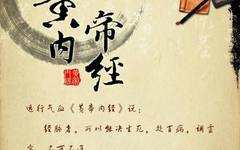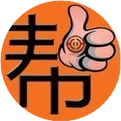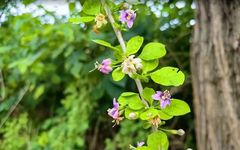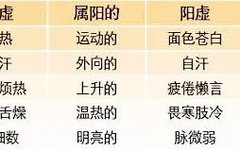Essence: Insights from Experts on “Shang Han Lun”
1. Insights on the Treatment Methods of “Shang Han Lun” Xin Zhike, Shaanxi Provincial Academy of Traditional Chinese Medicine “Shang Han Lun” is written in a concise format, integrating theory, experience, and techniques. Its diagnostic and treatment methods rely on careful clinical observation, with its formulas and patterns rooted in the clinical practice of Traditional … Read more

